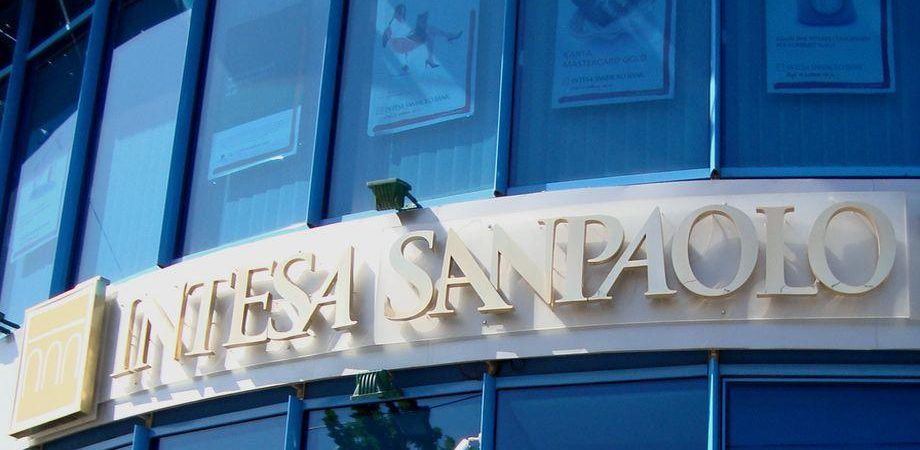Intesa Sanpaolo closed two new synthetic securitization transactions in recent days, respectively on a corporate loan portfolio of 3 billion euros (named Garc Corp 3) and on a portfolio of 42 project finance structured loans for the construction of wind farms (50% of the total), photovoltaic plants (40%) and biomass plants (10%), for a total amount of 1.3 billion euros, Il Sole 24 Ore wrote.
The latter is the first synthetic securitization in Italy totally dedicated to the green economy and the second in Europe, after the one completed at the end of June 2020 by RBS on its portfolio of 1.1 billion pounds of green project finance, structured by NatWest (RBS-NatWest group) and underwritten by Macquarie and BAE Systems Pension Funds Investment Management (see here the press release by RBS and here the one by Macquarie).
The clean energy generated by the plants included in the securitized portfolio by Intesa Sanpaolo is equal to approximately 7.2 gigawatts, a capacity sufficient to satisfy the annual needs of 6 million households and to reduce CO2 emissions by an amount equivalent to that produced by 3 million cars. In addition, in the first two years after closing, Intesa Sanpaolo will have the opportunity to include new green project finance in the securitized portfolio with the aim of freeing up additional resources to be made available to companies for investments in clean energy.
With this last transaction, Intesa Sanpaolo has reached 23 transactions concluded for a total of 35 billion euros in loans to businesses and households of its programme Gestione Attiva Rischi di Credito (i.e. Active Credit Risk Management Program or GARC), launched in 2014 with the aim of optimizing the absorption of regulatory and economic capital from the banking group’s performing loan portfolio and freeing up resources for new loans to support the real economy. BeBeez extensively wrote about the programme in its Insight View of last October 19, 2020 (dedicated to BeBeez News Premium subscribers).
We recall that GARC operations are structured in different ways. The typical structure of GARC transactions is precisely that of a synthetic securitization which provides for the establishment of a securitization vehicle that uses the amounts deriving from the subscription of the abs securities by investors to grant a limited recourse loan in favor of the Intesa Sanpaolo group, guaranteed from loans arising from loans granted by the bank itself and aimed at covering the first losses on the securitized portfolio.
In other cases, however, the synthetic securitisations of the GARC platform took place using a tranched cover scheme, purchasing protection on loan portfolios by signing credit default swap contracts. In essence, the investors make a deposit with the bank to guarantee the sale of protection on the first losses linked to the junior tranche of the securitized portfolio. In still other cases, the guarantee is of the unfunded type, ie the establishment of a deposit as cash collateral is not envisaged, depending on the external rating of the guarantor.
We recall, among the most innovative transactions, that last August 2020 Intesa Sanpaolo activated the first synthetic securitization of the GARC series on a leasing portfolio, named GARC Leasing-1. The operation involved a portfolio of 1.5 billion euros of leasing loans granted to approximately 2,600 Italian companies. In that case, the investors sold 100% cash collateralized protection on the 107 million euro junior tranche, to cover the first losses of the portfolio.



